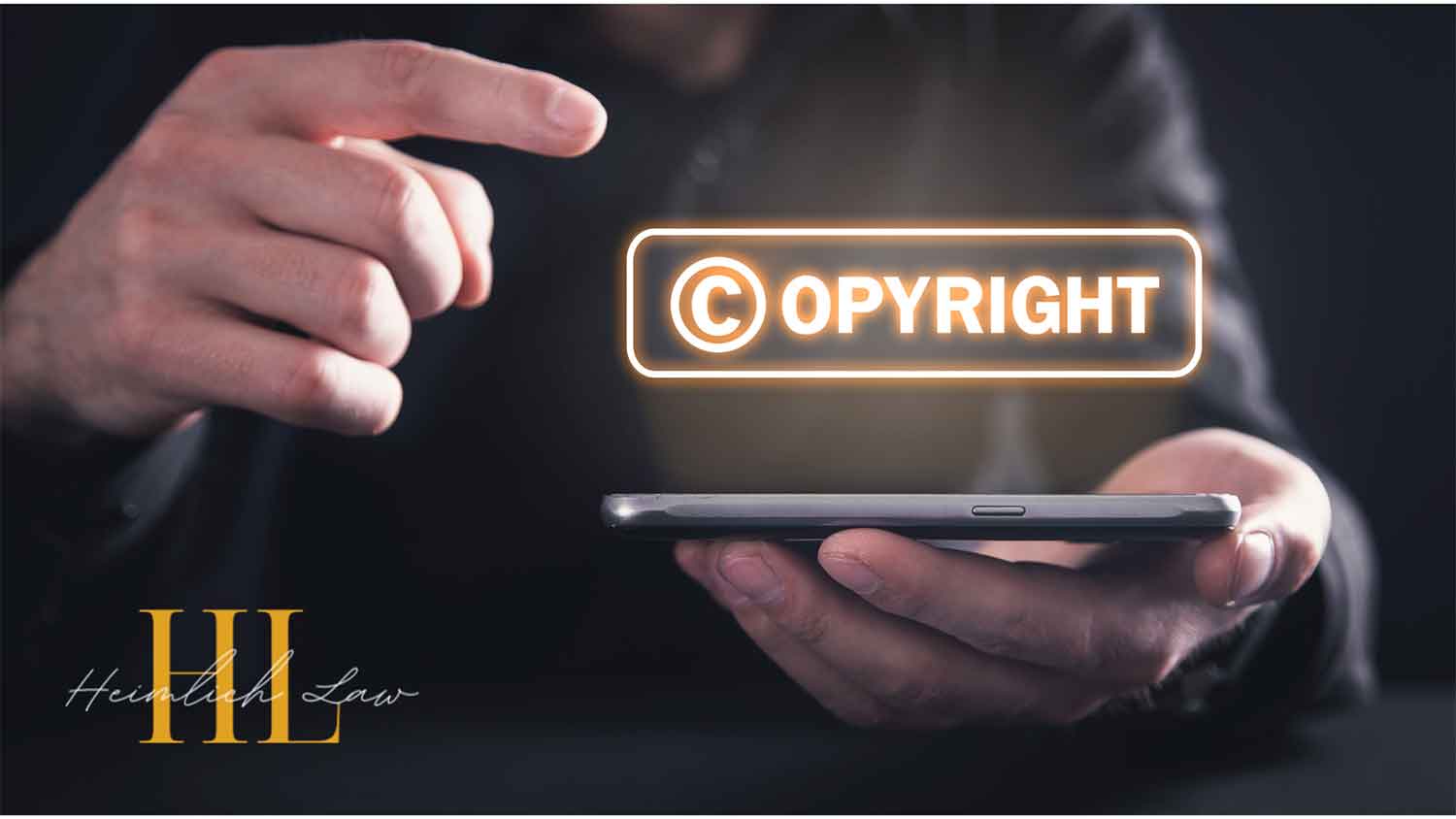Preface
This brief note is not legal advice and is for educational purposes only.
Quick Discussion
So you’ve written your own patent application and you’ve filed it with the USPTO (US Patent and Trademark Office) and you’re representing yourself – congratulations. You are what we call a pro se applicant (pro se is Latin “for oneself”) . If you haven’t be told to get a patent attorney, consider it.
You’ve heard through the grapevine or social media that the patent office will write claims for you. Not completely true.
The MPEP (Manual of Patent Examining Procedure) has section 707 which deals with the Examiner’s Letter or Action which is affectionally called an Office Action.
The MPEP has this section:
707.07(j) State When Claims Are Allowable
INVENTOR FILED APPLICATIONS
When, during the examination of a pro se application it becomes apparent to the examiner that there is patentable subject matter disclosed in the application, the examiner should draft one or more claims for the applicant and indicate in his or her action that such claims would be allowed if incorporated in the application by amendment.
This practice will expedite prosecution and offer a service to individual inventors not represented by a registered patent attorney or agent. Although this practice may be desirable and is permissible in any case deemed appropriate by the examiner, it is especially useful in all cases where it is apparent that the applicant is unfamiliar with the proper preparation and prosecution of patent applications.
Note it must be a pro se application and the examiner should draft claims but is not required to do so.
Also note that if the form of the claim is incorrect the examiner can also suggest corrections (707.07(j)II. ALLOWABLE EXCEPT AS TO FORM), and perhaps a phone call (interview) to help process the application.
Conclusion
It is dangerous to go pro se in the patent minefield. If you do then the patent office may be able to assist you, but is not required to do so..



